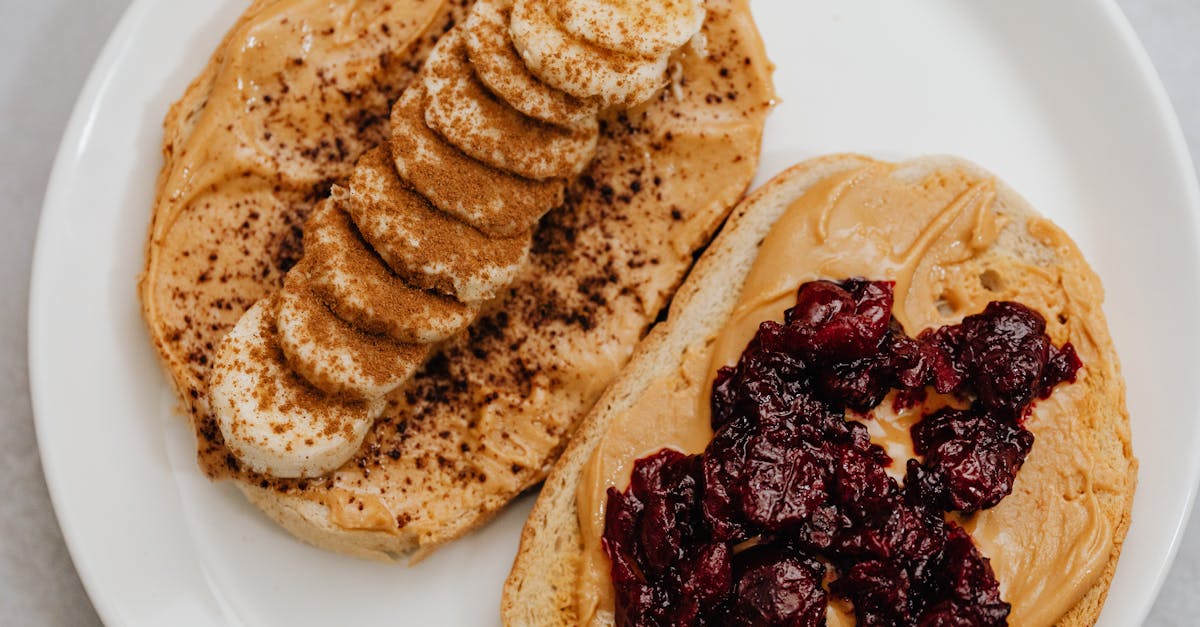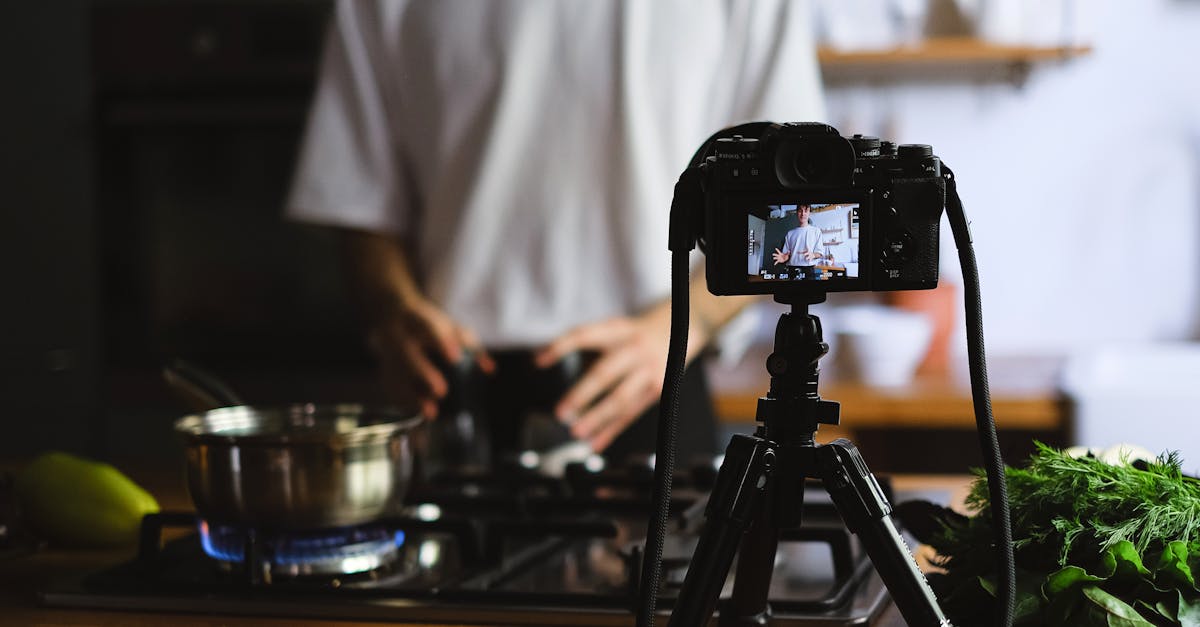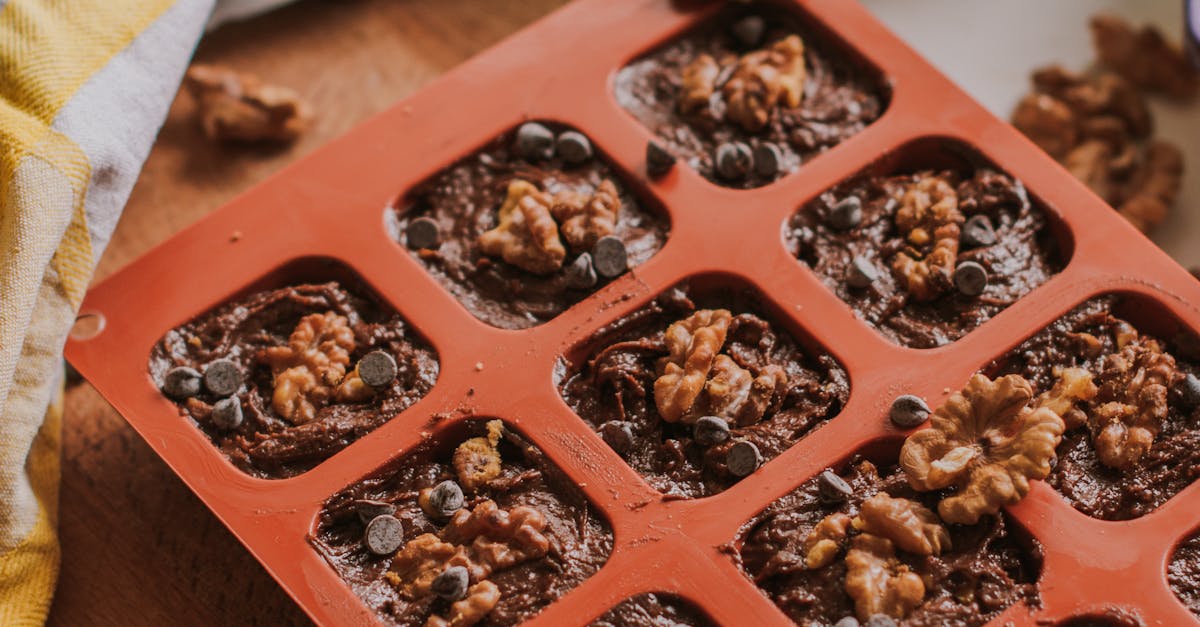Let’s be honest, sometimes nothing hits the spot quite like a warm, gooey slice of banana bread. But what if we told you there’s an even better way to enjoy those perfectly ripe bananas? Enter: the moist banana pound cake – a delightful upgrade that takes all the things you love about banana bread and elevates it to a whole new level of deliciousness. This isn’t your grandma’s banana bread (unless your grandma was a baking genius, in which case, hats off to her!). We’re talking about a luxuriously moist, intensely flavorful cake with a tender crumb that will leave you craving more. Get ready to ditch the overly dry, crumbly banana bread of the past and embrace the moist, decadent perfection of this recipe.
This recipe isn’t just about throwing bananas and batter together; it’s a journey into the science of baking, exploring the perfect balance of ingredients and techniques to achieve that coveted moist texture. We’ll walk you through every step, from selecting the ripest bananas to mastering the creaming method and understanding why certain ingredients work their magic. Even if you consider yourself a baking novice, don’t worry! Our step-by-step instructions, complete with helpful images, will guide you every step of the way.
Beyond the basic recipe, we’ll also unleash your creativity with fun variations, like adding nuts, spices, or even turning this classic into a decadent chocolate chip banana pound cake. From serving suggestions to storage tips, we’ve got you covered, transforming this simple recipe into a truly unforgettable baking experience. Get ready to bake, share, and savor the ultimate comfort food!
Key Insights: Baking the Ultimate Moist Banana Pound Cake
- Master the Moistness: Discover the science behind creating an incredibly moist banana pound cake, focusing on the perfect balance of ingredients and techniques.
- Elevate the Classic: Transform your baking with this luxurious upgrade to traditional banana bread, enjoying a richer, denser, and more flavorful treat.
- Perfect Ingredients, Perfect Cake: Learn to select the ripest bananas for maximum flavor and moisture, and explore helpful ingredient substitutions for dietary needs.
- Baking Made Easy: Follow our simple step-by-step instructions with helpful images and videos to guide you through the process, from creaming butter to achieving that perfect bake.
- Beyond the Basics: Unleash your creativity with fun variations, adding nuts, spices, chocolate chips, and delightful toppings to personalize your banana pound cake experience.
1. Why You’ll Obsess Over This Banana Pound Cake
Okay, let’s talk banana bread versus banana pound cake. They both boast the delightful flavor of ripe bananas, but the experience is worlds apart. Banana bread, while comforting, can often fall flat – literally. It can be dry, a little crumbly, and sometimes lacks that intense banana flavor we crave. This banana pound cake, however, is a game-changer.
The secret? It’s all about the moisture. Pound cakes, by nature, are denser and richer than their bread counterparts. The higher fat content from the butter and the careful balancing of wet and dry ingredients create an incredibly moist and tender crumb. You get that intense burst of banana flavor with every bite, enhanced by the subtle sweetness of the cake itself. It’s less like a quick bread and more of a luxurious dessert, perfect for any occasion.
But it’s not just about moisture; it’s also about the overall experience. The texture is unbelievably smooth and soft, practically melting in your mouth. This recipe avoids the common pitfalls of banana baking, like overly dry cakes or sunken centers. We’ve perfected the technique, ensuring every slice is perfect. Forget everything you thought you knew about banana bread – this pound cake is in a league of its own.
The Perfect Blend of Moistness and Flavor
So, what makes a cake truly moist? It’s not just about adding extra liquid; it’s a delicate balance of ingredients and techniques. Think of it like this: fat is your friend. The butter in this recipe isn’t just there for flavor; it contributes significantly to the moistness. Fat coats the flour proteins, preventing them from absorbing too much liquid and creating a dry, crumbly texture. The more fat, the more tender and moist the cake will be – hence the ‘pound’ in ‘pound cake’! We’re using a generous amount of butter here to guarantee a melt-in-your-mouth experience.
Beyond fat, the sugar plays a crucial role. Sugar helps to retain moisture by attracting and holding onto water molecules. This is why properly creaming the butter and sugar together is so important – it incorporates air into the mixture, creating a lighter, fluffier texture, and distributing the sugar evenly throughout the batter for optimal moisture retention. The gentle incorporation of wet and dry ingredients prevents overmixing, which could develop the gluten in the flour and lead to a tough cake.
Finally, the bananas themselves contribute to the moisture. Their natural sugars and water content add to the overall wetness of the batter. Choosing perfectly ripe bananas, those with lots of brown spots, is key. These are packed with natural sugars, resulting in a richer, sweeter, and more moist cake. Remember, the key to a truly moist cake is a careful balance of ingredients, the right techniques, and a bit of baking magic!
Beyond Basic Banana Bread: Elevating the Classic
We all love a good banana bread, right? It’s quick, easy, and perfect for using up those overripe bananas. But let’s be honest, banana bread can be a bit…rustic. It often ends up dry, a bit crumbly, and frankly, a little underwhelming compared to its more sophisticated cousin: the banana pound cake.
The main difference lies in the texture and richness. Banana bread, being a quick bread, relies on chemical leavening (baking soda) for its rise. This results in a more open, uneven crumb. Pound cakes, on the other hand, are made using the creaming method, incorporating air into the batter for a fine, even crumb. The higher proportion of butter and sugar in a pound cake creates a denser, richer, and infinitely more moist texture. It’s simply a more luxurious baking experience.
While banana bread is a delightful quick bake for a weeknight treat, the banana pound cake elevates the classic to something truly special. It’s the perfect dessert for a weekend brunch, a celebratory gathering, or simply a moment of self-indulgence. The enhanced moisture and delicate crumb make it a more refined, sophisticated treat – a true testament to the art of baking. Think of it as the ‘grown-up’ version of your favorite banana bread.
2. Gathering Your Ingredients: A Baker’s Checklist
Before we dive into the baking magic, let’s gather our ingredients! This recipe is surprisingly straightforward, using ingredients you probably already have in your pantry. But don’t worry, we’ll cover substitutions if you need them. The star of the show, of course, is the bananas – make sure they’re ripe and ready for maximum flavor and moisture. We’ll talk more about banana selection in a bit; it’s more important than you might think!
Beyond the bananas, you’ll need the usual suspects for a rich and moist pound cake: butter, sugar, eggs, and flour. We’ll also use some buttermilk for extra tang and moisture, plus a touch of baking soda for that perfect lift. Vanilla extract adds a lovely warmth, but feel free to experiment with other extracts like almond or even a splash of rum for a grown-up twist. We’ll also need some basic pantry staples like salt (essential for enhancing the flavors) and baking powder for a little extra lift.
Don’t be intimidated by the ingredient list; it’s simpler than it looks. We’ll also provide substitutions for common allergies and dietary restrictions – because everyone deserves a slice of this delicious banana pound cake! We’ll link to a helpful resource with common baking substitutions to help you adapt this recipe to your needs. Now, let’s get those ingredients measured and ready to go!
Essential Ingredients and Substitutions
Let’s break down the essential ingredients for our moist banana pound cake and explore some handy substitutions. The foundation of our cake includes unsalted butter (for flavor control), granulated sugar (for sweetness and moisture), large eggs (for binding and richness), all-purpose flour (for structure), buttermilk (for tang and moisture), baking soda (for leavening), baking powder (for a little extra lift), salt (to enhance flavors), and of course, ripe bananas (for that amazing banana flavor!). We’ll also add vanilla extract for an aromatic touch.
Now, for the substitutions! If you’re dairy-free, you can easily swap the butter for vegan butter or coconut oil. For the buttermilk, you can create a quick substitute by adding 1 tablespoon of lemon juice or white vinegar to 1 cup of milk and letting it sit for a few minutes. Those with egg allergies can try using applesauce or mashed banana as a replacement, although this might slightly alter the texture. For a gluten-free version, use a good quality gluten-free all-purpose flour blend.
Remember, substitutions might slightly change the final result, but they allow everyone to enjoy this delicious cake. We highly recommend checking out [link to a reliable resource on common baking substitutions] for more detailed information on ingredient swaps and their potential effects on your baked goods. Experiment and find what works best for you and your taste preferences! Feel free to get creative; baking is all about experimentation and having fun!
Choosing the Right Bananas: Ripe and Ready!
The key to a truly outstanding banana pound cake? Perfectly ripe bananas! We’re not talking about those firm, slightly green bananas; we need the ones that are bursting with sweetness and moisture. Look for bananas with lots of brown spots – the more brown, the better! These brown spots indicate that the starches in the banana have converted to sugars, resulting in a much richer, sweeter, and more intensely flavored cake.
Don’t be afraid of the brown spots; they’re your friends! The sugars in those overripe bananas are what contribute significantly to the moistness and flavor of your cake. Underripe bananas, on the other hand, will result in a cake that’s less flavorful and potentially a bit dry. So, next time you’re at the grocery store, don’t shy away from the brown beauties – they’re the perfect ingredient for this recipe.
If you happen to have some bananas that are starting to get a little too ripe (those with almost entirely brown peels), don’t despair! You can easily freeze them. Just peel them, slice them, and pop them into a freezer bag. Frozen bananas work perfectly in this recipe and can be added directly to the batter without thawing. So, next time you see a bunch of bananas on the verge of being overripe, remember this recipe! They’re not going to waste.
3. Step-by-Step Baking Instructions: Easy as Pie!
Let’s get baking! This recipe is surprisingly simple, even for beginners. We’ll start by creaming together the softened butter and sugar until light and fluffy. This step is crucial for creating a tender crumb and incorporating air into the batter. Don’t rush this part; take your time and let the mixer do its work. You’ll know it’s ready when the mixture is light, airy, and pale yellow – almost like whipped cream!
Next, we’ll add the eggs one at a time, mixing well after each addition. Then, we’ll add the mashed bananas and vanilla extract. Gently fold in the dry ingredients (flour, baking soda, baking powder, and salt), alternating with the buttermilk. Be careful not to overmix; a few lumps are okay. Overmixing develops the gluten in the flour, resulting in a tough cake. We just want to combine the ingredients until they are just barely moistened.
Finally, pour the batter into a prepared loaf pan and bake according to the recipe instructions. Keep an eye on it during the last few minutes of baking; every oven is a little different. Once a toothpick inserted into the center comes out clean, it’s ready! Let it cool in the pan for a few minutes before transferring it to a wire rack to cool completely. And that’s it! You’ve successfully baked a wonderfully moist and delicious banana pound cake.
Creaming Butter and Sugar: The Foundation of Flavor
The creaming method might sound fancy, but it’s the foundation of many delicious cakes, including our moist banana pound cake. This technique involves beating together softened butter and sugar until the mixture is light, fluffy, and pale in color. It’s not just about mixing; it’s about incorporating air into the batter, which is key to achieving that tender, moist crumb we all crave. Think of it as creating tiny air pockets that will help the cake rise beautifully and have that light, airy texture.
To properly cream the butter and sugar, ensure your butter is softened but not melted. Room temperature is ideal. Using an electric mixer (a stand mixer is great, but a hand mixer works perfectly), beat the butter until it’s smooth and creamy. Then, gradually add the sugar, beating on medium speed. You’ll notice the mixture starting to lighten in color and become fluffier as you beat. This process typically takes around 3-5 minutes, depending on your mixer and the amount of sugar.
Don’t rush this step! The longer you cream the butter and sugar, the more air you’ll incorporate, resulting in a lighter and more tender cake. You’ll know you’ve achieved the perfect creaminess when the mixture is light, airy, and almost looks like whipped butter. It should increase in volume and have a pale, almost white color. This creamy base is essential for creating the perfect texture in your banana pound cake. It’s the secret to its airy lightness and moistness!
Adding the Wet and Dry Ingredients: Mastering the Technique
The creaming method might sound fancy, but it’s the foundation of many delicious cakes, including our moist banana pound cake. This technique involves beating together softened butter and sugar until the mixture is light, fluffy, and pale in color. It’s not just about mixing; it’s about incorporating air into the batter, which is key to achieving that tender, moist crumb we all crave. Think of it as creating tiny air pockets that will help the cake rise beautifully and have that light, airy texture.
To properly cream the butter and sugar, ensure your butter is softened but not melted. Room temperature is ideal. Using an electric mixer (a stand mixer is great, but a hand mixer works perfectly), beat the butter until it’s smooth and creamy. Then, gradually add the sugar, beating on medium speed. You’ll notice the mixture starting to lighten in color and become fluffier as you beat. This process typically takes around 3-5 minutes, depending on your mixer and the amount of sugar.
Don’t rush this step! The longer you cream the butter and sugar, the more air you’ll incorporate, resulting in a lighter and more tender cake. You’ll know you’ve achieved the perfect creaminess when the mixture is light, airy, and almost looks like whipped butter. It should increase in volume and have a pale, almost white color. This creamy base is essential for creating the perfect texture in your banana pound cake. It’s the secret to its airy lightness and moistness!
Baking and Cooling: Patience is Key
Now comes the fun part – baking! Preheat your oven to the temperature specified in the recipe (usually around 350°F or 175°C). This ensures even baking and prevents a dense, unevenly cooked cake. Once your oven is preheated, carefully pour the batter into your prepared loaf pan. Don’t overfill; leave a little space at the top.
The baking time will vary depending on your oven and the size of your loaf pan, but generally, it takes around 50-60 minutes. Start checking for doneness around the 50-minute mark. Insert a toothpick or wooden skewer into the center of the cake. If it comes out clean (or with just a few moist crumbs), your cake is done. If there’s still batter on the toothpick, give it another 5-10 minutes and check again. Overbaking will result in a dry cake, so it’s better to slightly underbake than overbake.
Once baked, let the cake cool in the pan for about 10-15 minutes before transferring it to a wire rack to cool completely. This prevents the cake from cracking or crumbling. Resist the urge to take it out of the pan immediately; it needs time to set. Cooling completely on a wire rack allows air to circulate around the cake, preventing excess moisture from getting trapped inside and potentially leading to sogginess. Patience is key here; allow the cake to cool completely before slicing and serving for the best texture and flavor.
4. Tips and Tricks for Banana Pound Cake Perfection
Let’s talk about elevating your banana pound cake game! While the recipe itself is pretty foolproof, a few extra tips and tricks can take your baking to the next level. First, ensure your ingredients are at the correct temperature. Softened butter is key for proper creaming, and room-temperature eggs incorporate better into the batter. Don’t underestimate the power of good quality ingredients; using fresh, high-quality ingredients will result in a superior-tasting cake.
Troubleshooting Common Baking Problems
Even experienced bakers face occasional baking mishaps. Let’s tackle some common banana pound cake problems and their solutions. A dry cake is often the result of overbaking or using insufficient fat or moisture in the batter. Next time, ensure you’re using the correct amount of butter and buttermilk and check for doneness a few minutes before the suggested time. Don’t be afraid to underbake slightly; it’s better to have a slightly moist cake than a dry one!
Storage and Freezing: Keeping Your Cake Fresh
So, you’ve baked the most amazing banana pound cake, and now you have leftovers (lucky you!). Proper storage is key to maintaining its freshness and deliciousness. For short-term storage (2-3 days), keep the cake in an airtight container at room temperature. This prevents it from drying out and keeps its moistness intact. If you prefer, you can also store it in the refrigerator, but be aware that it might slightly change in texture.
5. Delicious Variations: Beyond the Basics
Ready to take your banana pound cake to the next level? Let’s explore some delicious variations! Adding nuts like walnuts or pecans provides a wonderful textural contrast and adds a nutty flavor that complements the bananas beautifully. A sprinkle of cinnamon or nutmeg adds warmth and spice, creating a cozy and comforting twist. Feel free to experiment with different extracts, too – almond extract, for example, pairs exceptionally well with bananas.
Adding Nuts and Spices for Extra Flavor
Let’s amp up the flavor of our banana pound cake! Adding nuts and spices is an easy way to create exciting variations. Walnuts and pecans are classic choices, offering a delightful crunch and nutty flavor that complements the sweetness of the bananas. For a roughly chopped texture, add ½ to ¾ cup of your chosen nut to the batter just before folding in the dry ingredients. For a finer texture, you can pulse the nuts in a food processor before adding them to the batter.
Chocolate Chip Banana Pound Cake: A Decadent Delight
Ready for a decadent twist on the classic banana pound cake? Let’s add chocolate chips! This simple addition transforms the cake into a rich and indulgent treat. The best part? It’s incredibly easy to do. Simply add 1-1 ½ cups of your favorite chocolate chips to the batter along with the nuts (if using). Gently fold them in, ensuring they’re evenly distributed throughout the batter. Be careful not to overmix, as this can lead to a tough cake.
6. Serving Suggestions: Making it a Feast
Your delicious banana pound cake is ready, and now it’s time to enjoy it! This cake is incredibly versatile and pairs well with a variety of beverages and toppings. A warm slice with a cup of coffee or tea is a classic combination, the comforting flavors complementing each other perfectly. For a more indulgent treat, serve it with a scoop of vanilla ice cream or a dollop of whipped cream – the richness of the cake pairs beautifully with the cool creaminess of the toppings.
Perfect Pairings: Beverages and Toppings
The beauty of a perfectly baked banana pound cake is its versatility. It’s equally delightful on its own or paired with complementary beverages and toppings. A classic pairing is a warm slice of cake with a steaming cup of coffee or tea. The warmth of the beverage and the comforting flavors of the cake create a cozy and satisfying experience. The subtle bitterness of coffee or tea cuts through the sweetness of the cake, creating a delicious balance.
Presenting Your Masterpiece: Plating and Garnishing
You’ve baked a stunning banana pound cake, and now it’s time to showcase your culinary masterpiece! Presentation matters, and a little effort can elevate your dessert from delicious to divine. Start with the right servingware. A simple, elegant plate or cake stand will do wonders. Consider the overall aesthetic – a rustic wooden board complements the homey feel of the cake, while a sleek white plate provides a modern contrast.
7. The Science Behind the Perfect Moist Cake
Let’s get a little scientific! The magic behind a moist cake isn’t just about following a recipe; it’s about understanding the chemical reactions happening within the batter. Fat, in the form of butter, plays a crucial role. It coats the flour proteins, preventing excessive gluten development, which would lead to a tough, dry crumb. The fat also contributes to the moistness by retaining moisture within the cake structure.
Understanding Gluten and its Role in Texture
Gluten, the protein complex found in wheat flour, plays a significant role in the texture of baked goods. In a cake, we want a tender, moist crumb, not a tough, chewy one. Too much gluten development leads to a dense, rubbery texture. That’s why we emphasize gentle mixing in our recipe; vigorous mixing activates gluten, leading to a less desirable outcome.
The Importance of Fat and Moisture in Baking
Fat and moisture are the dynamic duo of moist cakes! Fat, primarily in the form of butter in our recipe, plays a crucial role in creating a tender crumb. The fat molecules coat the flour proteins, hindering gluten development and resulting in a less chewy texture. This coating also helps retain moisture within the cake, preventing dryness.



